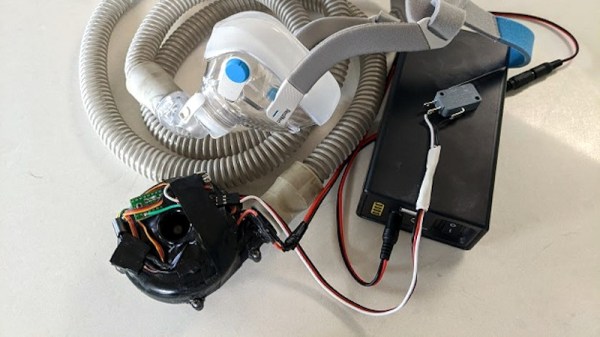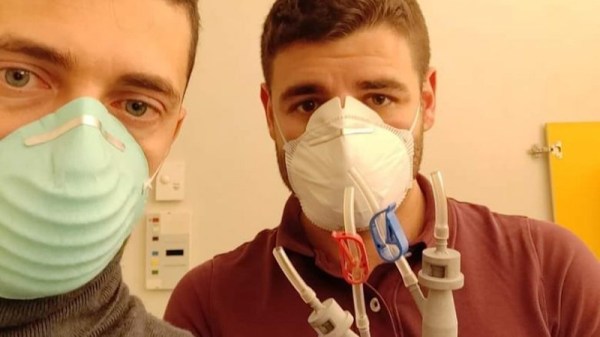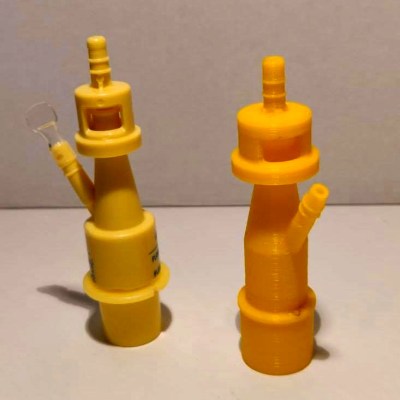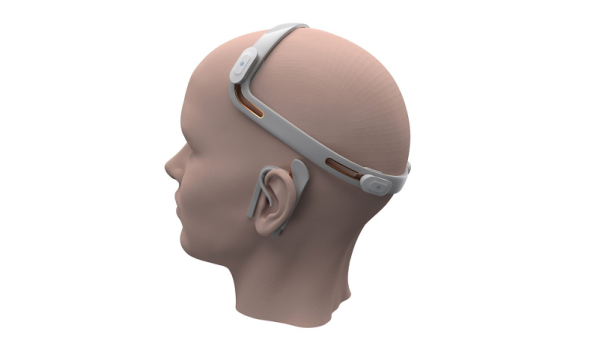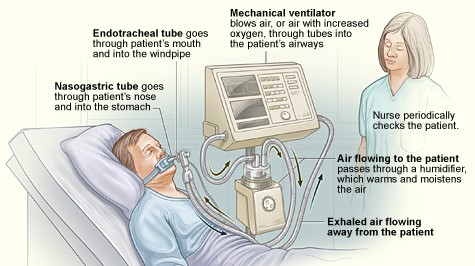Donate your extra computer cycles to combat COVID-19. The Folding@Home project uses computers from all over the world connected through the Internet to simulate protein folding. The point is to generate the data necessary to discover treatments that can have an impact on how this virus affects humanity. The software models protein folding in a search for pharmaceutical treatments that will weaken the virus’ ability to attack the human immune system. Think of this like mining for bitcoin but instead we’re mining for a treatment to Coronavirus.
Initially developed at Standford University and released in the year 2000, this isn’t the first time Hackaday has advocated for Folding@Home. The “Team Hackaday” folding group was started by readers back in 2005 and that team number is still active, so let’s pile on and work our way up the rankings. At the time of writing, we’re ranked 267 in the world, can we get back up to number 30 like we were in 2008? To use the comparison to bitcoin once again, this is like a mining pool except what we end up with is a show of goodwill, something I think we can all use right about now.
Continue reading “Join Team Hackaday To Crunch COVID-19 Through Folding@Home”


